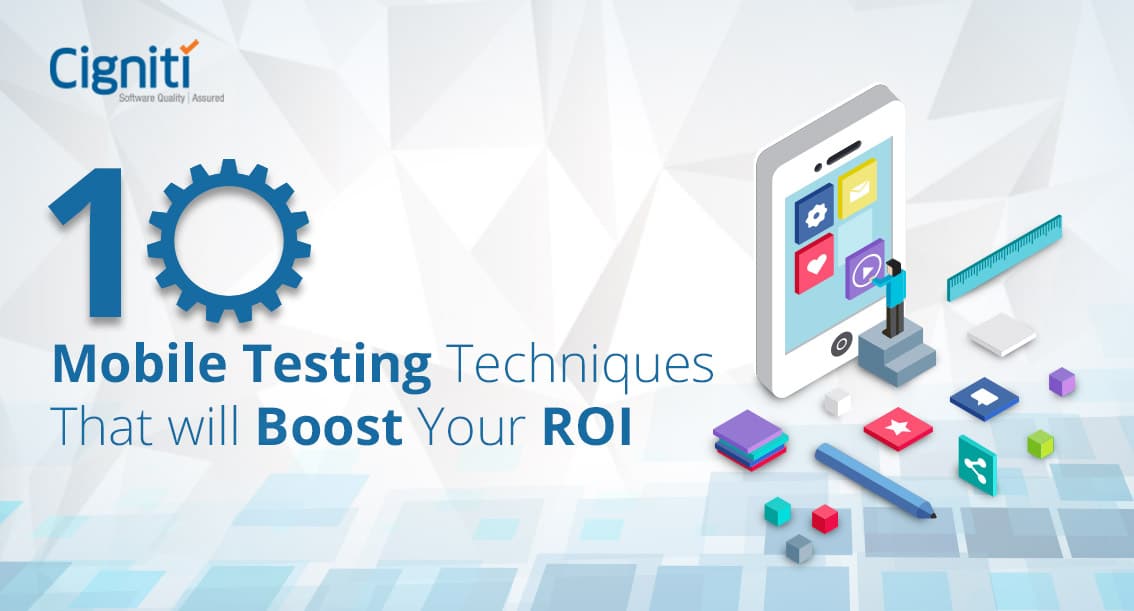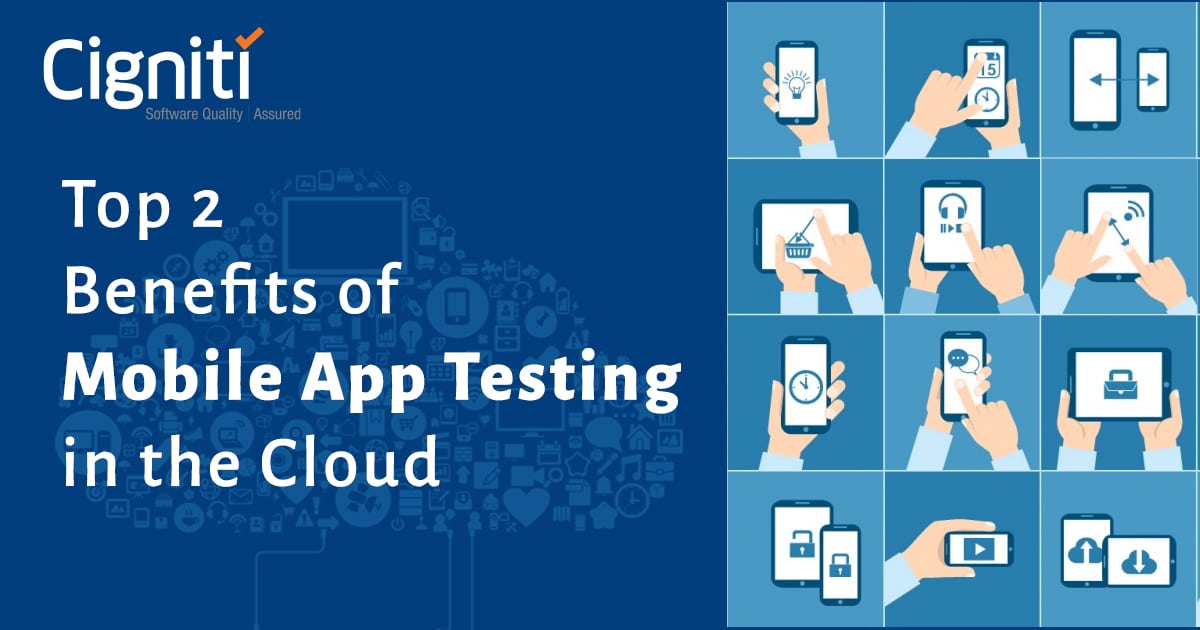7 Complexities Involved in Mobile Testing You Need To Know About
Last week, headlines made a racket about 900 million Android smart phones and tablets that were declared to be at risk for recently discovered vulnerabilities, christened ‘QuadRooter’. Four vulnerabilities are said to be affecting Android devices built using Qualcomm chipsets.
A processor in a Smartphone comprises primarily of the central processor unit (CPU) and the graphics processing unit (GPU), as well as other sub-processors. They are all integrated into a set, and the chipset is referred to as System on a Chip (SoC). Together, the entity is responsible for handling various tasks, ranging from running the Smart phone’s operating system, to performing tasks such as recording video, operation of camera, and audio playback.
Mobile applications are supported by these mobile application processors, and the applications go through several iterations even after hitting the market. Since the designing of these applications is done based on target customers, they are almost always started with a minimum viable product (MVP) concept. After ensuring that the mobile application is gaining reasonable traction, further patches and updates are installed in order to make the app bug-free and also to enhance the user experience.
[Tweet “7 #complexities involved in #mobile testing that you probably didn’t know. Read on to find out what they are”]
The Complexities Involved in Mobile Testing
- The phenomenal growth of experienced by the mobile industry has pushed companies in all industries to design mobile applications exclusively for their organization. The sheer volume of mobile applications makes the entire process complex.
- In terms of resources that test the mobile applications, it is essential that most are skilled in automation. This is because most mobile testing is iterative in nature, leading to similar test cases being executed as part of the testing process, before moving on to additional features.
- The testers are also expected to possess a skilled domain knowledge regarding the various platforms across which the application is present. The tester is expected to be well aware of an array of testing methods (for example, OS specific testing), and is also expected to be aware of the various tools that help check the app’s performance.
- Conversion of enterprise applications is a major challenge being faced in global organizations. Rather, the time invested in ensuring that he same application is covered across operating systems simply does not match the ROI in most cases, especially in case of enterprise applications.
- Security threat is very real, where external elements can cause mobile phones malware through the legitimately installed apps. If the installed application does not have mechanisms to deflect security threats, there is grave danger in data being compromised.
- Increased user expectations about quick bug fixing puts pressure on constantly fixing bugs in already released applications, in order to be able to meet with the faster release cycles.
- Network conditions comprising of dropped connections and varying bandwidth demand additional testing to ensure that the application functions in various environments.
In terms of customer acquisition strategies, mobile applications pay a key role for businesses, as they help the customer become familiar with the exclusive mobile interface. It is a mutually beneficial platform for both, company executives as well as end-users. This poses challenges for enterprises, since they are expected to guarantee a high level of quality in their applications to compete, prevent loss of productivity, increase revenue, and improve brand reputation.
[Tweet “Short release cycles make a compelling case for the necessity of an end-to-end #mobileapp #testing solution.”]
Automated functional testing and automated regression testing have reached a point of definite inevitability, as mobile apps have grown ever more important and complex. A mobile lab enables the connection of a central server to a series of machines located in the desired location.
Listed below are a few reasons that make a compelling case for the necessity of an end-to-end mobile application testing solution:
- Short release cycles
- Lack of mature testing tools
- Device and platform diversity
- Variety of network connectivity requirements
By leveraging its Mobile Test Center of Excellence, Cigniti’s Mobile Testing approach covers the entire software testing life cycle, in order to ensure quality deliverables. Leveraging this mobile cloud lab helps massively in accelerating the return-on-investment (ROI), and helps with a faster time to market, of mobile apps. Here at Cigniti, mobile automation frameworks are device agnostic in nature and support a whole host of operating systems.
For more information, please visit https://www.cigniti.com/mobile-testing.





Leave a Reply